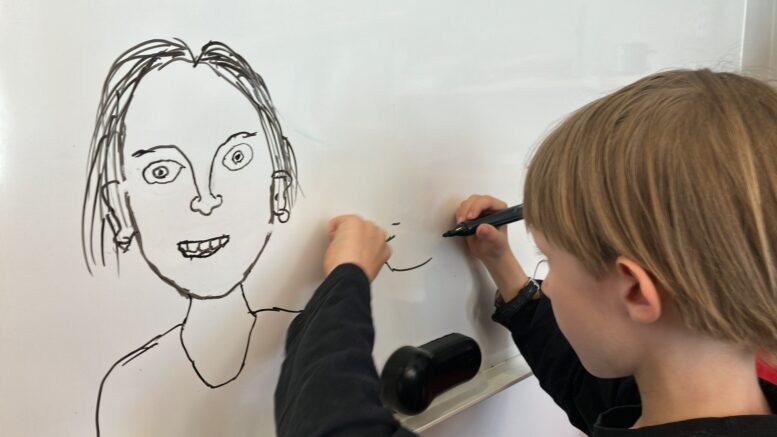This year, we have been putting together the fifth yearbook for media and information literacy research, the UNESCO MILID Yearbook 2023. With “we” I mean my Colombian colleague Tomás Durán-Becerra, South African colleague Bosire Onyancha and Paris colleague Alton Grizzle from the UNESCO headquarters. This is the second anthology I’m working on with this team.
The yearbooks follow the themes of the annual Global MIL Theme Weeks, which means that the theme of this year’s anthology will be “media and information literacy for the public good”, the theme of the Global MIL Theme Week in 2021, organized by South Africa. The idea of the yearbooks is to bring together researchers and practitioners to discuss topical issues of MIL across continents. Especially the non-western perspectives and issues from the Global South are traditionally in the focus of the book. MIL development can, however, not be discussed without the contributions from countries with established MIL policy structures, infrastructures and traditions.
The idea of the yearbooks is to bring together researchers and practitioners to discuss topical issues of MIL across continents.
In the MILID Yearbook 2023 – Media and information literacy for the public good – there will be 15 chapters by 32 authors. The release will be scheduled for next year, but after a challenging year coming to an end, I’m happy to finally see that we will be able to finalize the product (almost) in time. Namely, editing an intercontinental anthology poses several challenges. To begin with, to find common meeting times is not always easy because of different timezones, and not either the synchronization of the work. If you send an acute request to the other side of the world, it takes often a whole day to get an answer. Tranculturalism in chapters implies that the studies often require more contextualization and local concepts more clarification than texts that are published in national, Nordic or European fora. Authors need support in identifying such issues and addressing them. If the authors are both researchers and educational practitioners, coming from very different backgrounds and traditions, the support needed can be very diverse.
The abbreviation MILID stands for media and information literacy (MIL) and intercultural dialogue (ID) network, which is the name of the academic network launched by UNESCO. The UNESCO-UNAOC Media and information literacy & intercultural dialogue university network was set up within the framework of the UNESCO University Twinning and Networking programme (UNITWIN) and launched at the First International Forum on Media and Information Literacy, held from 15 to 17 June 2011 in Fez, Morocco.
The first MILID Yearbooks were published by Nordicom, in collaboration with several partners, in 2013–2016. Today, the yearbooks are published biennially, and for the latest two anthologies, 2021 and 2023, the publisher has been the Colombian UNIMINUTO University in Bogotá. After Nordicom withdrew from publishing the yearbooks and the International Clearinghouse on Children, Youth & Media yearbooks, the MILID University Network has been trying to revive the publishing activity under the period of my co-leadership (2019–2022), with now two books behind. I truly hope that the series will continue in future in the hands of the network member institutions.
The yearbooks are outcome of work carried out in networks. Ideas are conceived in networks, calls for papers are spread in networks, authors and peer reviewers, and, finally, readers, are identified by and found in networks. This is why network structures are so important. Recently, I summarized my year in the MIL network ecology for NordMedia Network in an article published yesterday.

Be the first to comment on "Editing an intercontinental researcher and practitioner anthology"